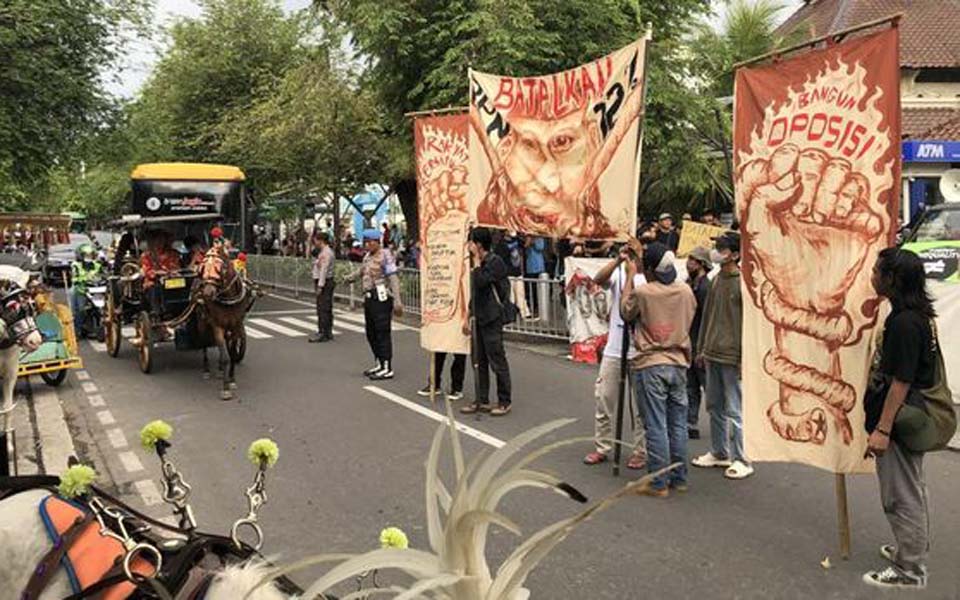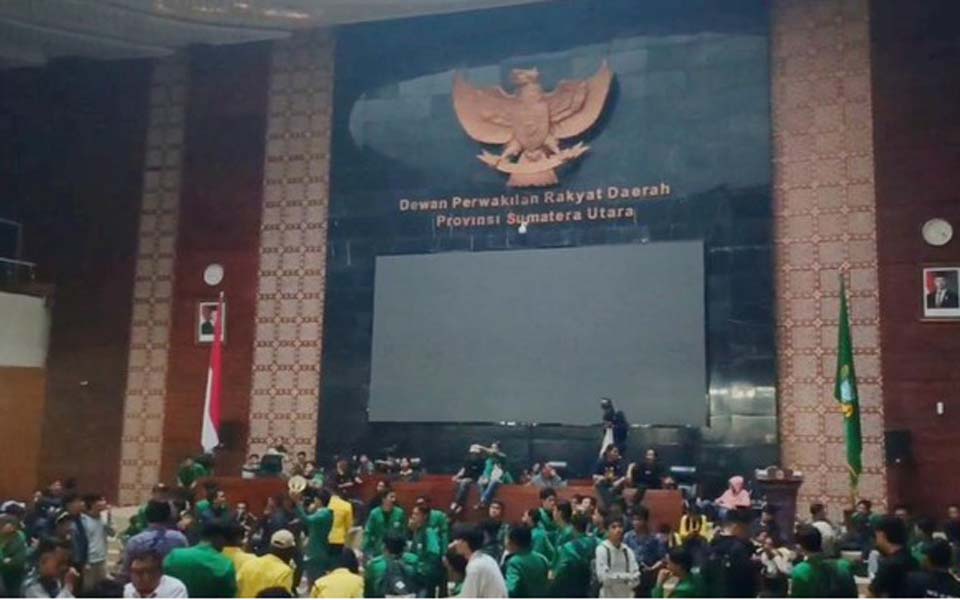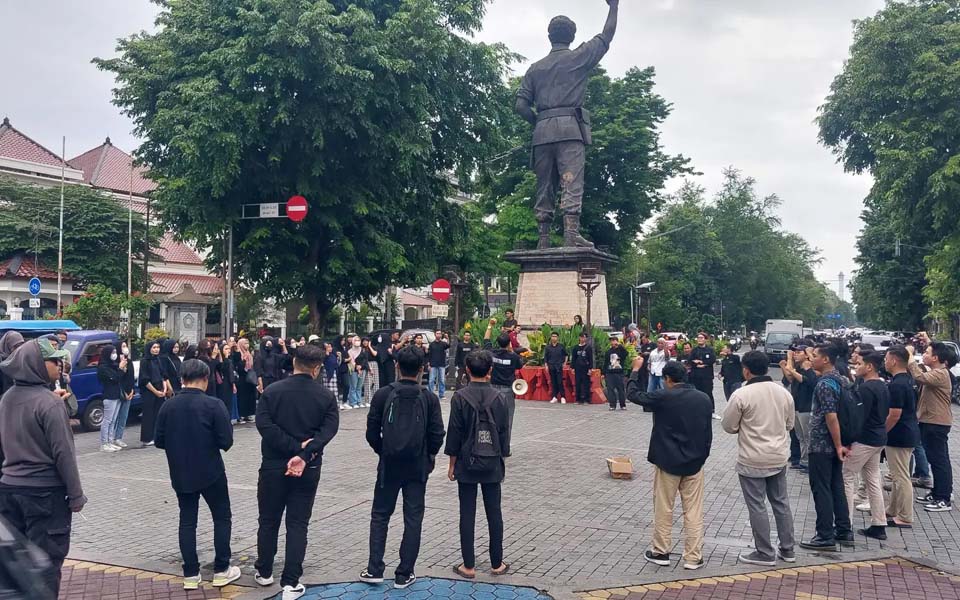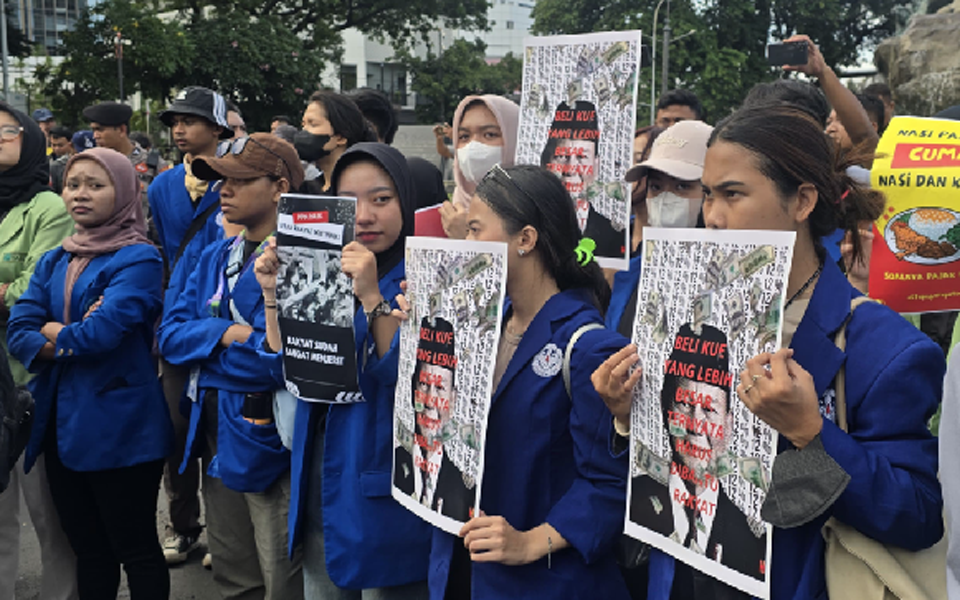Adi Ahdiat, Jakarta – The government has completed the next year’s draft budget for ministries and state institutions. The budget is set out in the government’s 2020 Macroeconomic Projection and Draft Fiscal Policy (KEM-PPKF) document which was released by the Ministry of Finance in May.
According to Finance Minister Sri Mulyani, the 2020 KEM PPKF document is an initial blueprint and scenario for policy direction to achieve the government’s long-term vision.
“The 2020 KEM PPKF document also emphasises the government’s hope of being able to improve efforts to achieve the vision of 100 years of Indonesian independence in 2045, namely becoming a nation that is sovereign, advanced, just and prosperous”, writes Mulyani in the document’s forward.
“The achievement of this vision requires preconditions that must be quickly be prepared beforehand, such as the even distribution of infrastructure, quality human resources, adaptive technology, efficient bureaucracy and healthy special planning along with the efficient and effective allocation of economic resources”, she reiterates.
Mulyani also asserted that the theme of next year’s fiscal policies will be, “A state budget to accelerate competitiveness through innovation and the development of quality human resources”.
But who gets the money?
Based on this policy direction and theme, the Finance Ministry has set out the following budget for ministries and state institutions arranged from largest to smallest:
Ministry and State Institution Indicative Budget Quotas for 2020 in Trillions of Rupiah.
- Department of Defense: 126.9 trillion rupiah
- Public Works and People’s Housing Ministry (PUPR): 103.9 trillion rupiah
- Religious Affairs Ministry: 65.2 trillion rupiah
- Social Affairs Ministry: 62.8 trillion rupiah
- Ministry of Health: 56.7 trillion rupiah
- Ministry of Transport: 41.8 trillion rupiah
- Ministry of Technology and Higher Education (Ristekdikti): 39.7 trillion rupiah
- Ministry for Education and Culture (Dikbud): 34.5 trillion rupiah
- Ministry of Agriculture: 20.5 trillion rupiah
- Ministry for Justice and Human Rights: 13.5 trillion rupiah
- Ministry for Energy and Mineral Resources (ESDM): 9.7 trillion rupiah
- Ministry for the Environment and Forestry (LHK): 9.4 trillion rupiah
- Ministry for Fishing and Maritime Affairs: 6.4 trillion rupiah
- Ministry of Communication and Information (Kominfo): 5.6 trillion rupiah
- Ministry of Labour: 4.9 trillion rupiah
- Ministry of Tourism: 4 trillion rupiah
- Ministry for Industrial Affairs: 3 trillion rupiah
- Agency for the Assessment and Application of Technology (BPPT): 1.8 trillion rupiah
- Indonesian Institute of Science (LIPI): 1.6 trillion rupiah
- National Disaster Management Agency (BNPB): 0.4 trillion
(Source: Ministry of Finance, 2020 KEM PPKF 2020, prepared by KBR)
Big vision, low budget
In the 2020 KEM PPKF document, the Finance Ministry repeatedly explains that Indonesia needs to develop human resources (SDM) that are productive, innovative, skilled and compatible with industry 4.0.
The document also says that technology is an important tool to confront future challenges.
“The control of technology represents an opportunity for countries such as Indonesia to continue to develop the process of convergence to become an advanced country”, explains the Ministry of Finance.
“The main aspect which needs the government’s attention is the provision of infrastructure, improving the quality of human resources and improving technological adaption”, it explains again.
Despite this, the posture of the 2020 ministerial and state institution budget is very different from this vision of human resource technological development.
For example, the Ministry of Technology and Higher Education (Ristekdikti), the Agency for the Assessment and Application of Technology (BPPT) and the Indonesian Institute of Science (LIPI), are given a far lower budget quota than the Religious Affairs Ministry.
The Religious Affairs Ministry’s Islamic Education Program will receive a budget of 52.4 trillion rupiah while the Ristekdikti will only receive 1.7 trillion.
LIPI’s Science and Technology Research Control and Utilization Program will only receive 1.5 trillion rupiah, while the BPPT only gets 1.3 trillion.
The National Disaster Management Agency’s (BNPB) budget is even smaller. Despite the integrated disaster mitigation program being set as a government priority for 2020-24, the reality is that the disaster management program will only be given 0.2 trillion rupiah. Far less than the Ministry of Religion’s Management Support and Implementation Mission Program that will receive as much as 1.9 trillion.
[Translated by James Balowski. The original title of the article was “Tahun 2020, Anggaran Pendidikan Agama Jauh Mengalahkan Riset dan Mitigasi Bencana”.]















